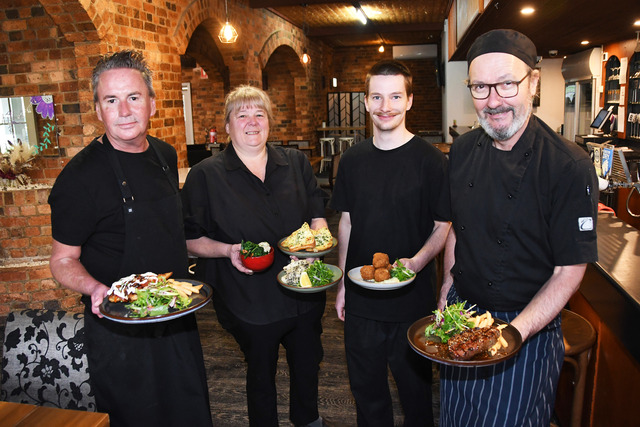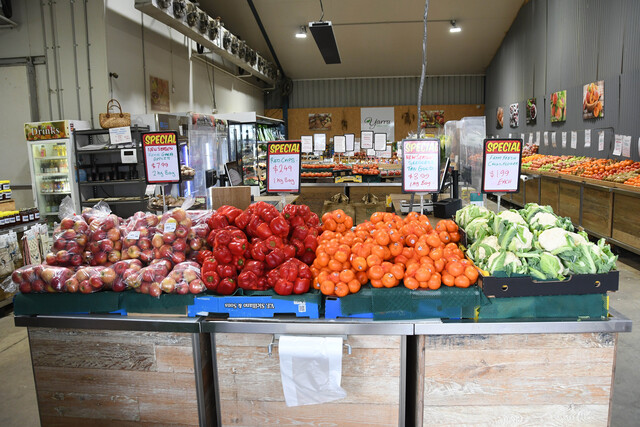By Kath Gannaway
SEVEN Helmeted Honeyeaters released at Yellingbo last week are part of a long-term project to achieve a population of 1000 of the critically endangered species along creek systems once populated by the birds.
The birds, bred at Healesville Sanctuary and acclimatised in an aviary at the heavily vegetated release site for three days in the lead-up to their release, will join the established wild population and, hopefully, increase it.
Only about 89 individual birds are believed to be left in the wild, between 55 and 65 at Yellingbo, and 24 at a second release site in the Bunyip State Park south-east of Gembrook.
Healesville Sanctuary’s Wildlife Project Supervisor, Ian Stych, said habitat destruction, competition from other species, high rates of predation and other environmental factors such as fire had all contributed to the rapid decline of the birds.
The first Helmeted Honeyeaters were released at Yellingbo in 1965. “Since then Healesville Sanctuary has released over 100 captive-bred Helmeted Honeyeaters as part of the recovery project,” he said.
The task, or honour, of releasing the birds went to DSE Recovery Team Field Ornithologist, Bruce Quin, Parks Victoria ranger Mick Kealy, Healesville Sanctuary keeper, Byron Manning and Friends of the Helmeted Honeyeater president, Bob Anderson.
Mr Quin said there were mixed emotions involved with sending the birds out into the wild.
“I guess you’re anxious about how they will go, but there’s also a satisfying feeling in that what we are doing should help the wild population,” he said.
“The other thing that we need to be aware of when releasing these birds is that we never forget the habitat that has to be right to support the birds. That involves what is a very satisfying collaboration between all the groups,” he said.
He said the revegetation, community education and lobbying work done by Friends group was vital to the success of the project.
Born to be wild
Digital Editions
-

Healesville’s best-kept secret
Tucked just off the main street of Healesville, opposite the charming Yarra Valley Railway, lies one of the region’s best-kept secrets, the Terminus Hotel. While…





